Common AI Writing Mistakes and How to Avoid Them
Artificial Intelligence (AI) has revolutionized the content creation industry. Tools like ChatGPT and other advanced AI writers have made generating content faster and more accessible, particularly for businesses and individuals looking to scale their content production. However, despite its advantages, AI writing isn't without its flaws. AI can produce content filled with errors that affect readability, credibility, and SEO effectiveness. If you're leveraging AI to power your writing needs, it's crucial to recognize these common pitfalls and learn how to rectify them. This blog post will guide you through some of the most frequent mistakes AI makes in content creation, providing you with actionable solutions to elevate the quality of your AI-generated content.
1. Lack of Contextual Understanding

One of the most common issues with AI-generated content is its lack of a nuanced understanding of context. AI can produce grammatically correct sentences, but it often fails to grasp subtleties that affect meaning. This is particularly true for idioms, metaphors, or complex emotional tones. For example, if you ask an AI to write a story involving sarcasm, the chances are that the generated text will lack the appropriate tone or end up being awkward.
A lack of contextual understanding can lead to significant issues, especially in content intended to convey a particular mood or subtle intention. AI's inability to discern these subtleties often results in misunderstandings that make the content feel inauthentic. Additionally, cultural references, emotional expressions, and context-specific humor are challenging for AI to navigate effectively.
How to Avoid This Mistake:
- Always review the content for contextual accuracy. Human editing can bridge the gap where AI fails to understand specific nuances.
- Use AI to create a first draft, then revise with context in mind. Tools like Grammarly can help identify places where the tone or context seems off.
- Provide specific examples or prompt engineering to guide the AI more precisely. Adding more descriptive prompts can help AI better understand the context.
- Include notes or guidelines related to the tone, intended audience, and specific details, as these can enhance the AI's contextual awareness.
2. Overuse of Repetitive Phrases
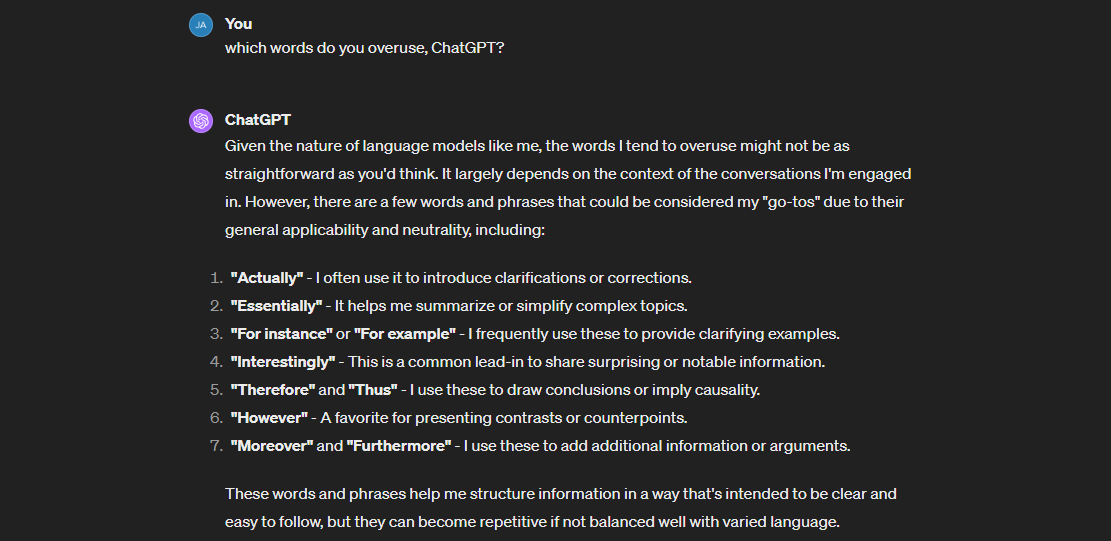
Another common issue with AI-written content is the overuse of repetitive phrases. Because AI relies on probabilities and training data, it may tend to repeat phrases that "seem" correct or suitable within the text. This results in content that feels monotonous and lacks the vibrancy of human-generated text.
This repetition occurs because AI attempts to predict the next word based on patterns it has learned. Without adequate oversight, the resulting text can quickly become redundant, leading to a disengaged audience. Readers often expect variety in expression, and redundancy not only decreases engagement but also reflects poorly on the content's overall quality.
How to Avoid This Mistake:
- Always scan your content for repeated phrases and replace them with synonyms or alternative expressions.
- Use tools like Hemingway Editor or Copyscape to detect repetition. Editing tools help identify areas where a reader may get bored or lose interest.
- Incorporate a style guide or thesaurus to diversify the content.
- Regularly update AI training data to include more diverse language and examples, thereby enhancing the model's variability.
3. Incorrect or Outdated Information
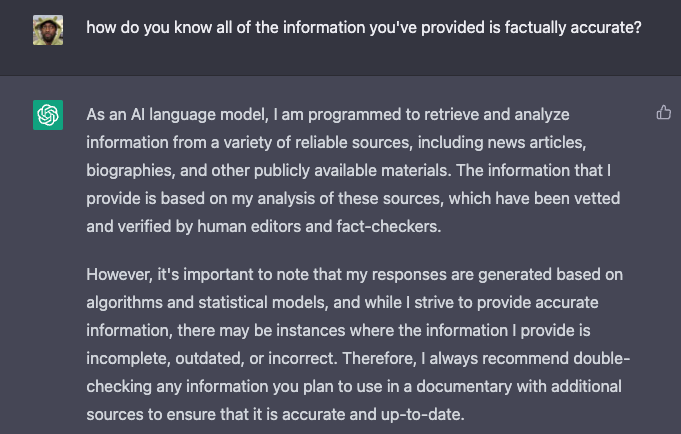
AI models like ChatGPT pull from a fixed dataset, which means they may inadvertently produce outdated or incorrect information. This can be problematic, especially when writing content that needs to be current and factually accurate. AI might generate statistics or examples from older sources, leading readers to question the reliability of your content.
The implications of outdated information are especially critical in rapidly evolving fields like technology, medicine, and finance, where data changes frequently. Inaccurate or old data not only damages credibility but can also mislead readers, which may have further legal or reputational consequences.
How to Avoid This Mistake:
- Always cross-check facts provided by the AI against credible sources.
- For topics where accuracy is key, consult trusted publications and databases to verify the information.
- Update AI prompts to specify that the content should draw from the latest data, if your AI tool allows this kind of customization.
- Stay informed about key developments in your industry so that you can quickly recognize inaccuracies.
4. Lack of Creativity and Originality
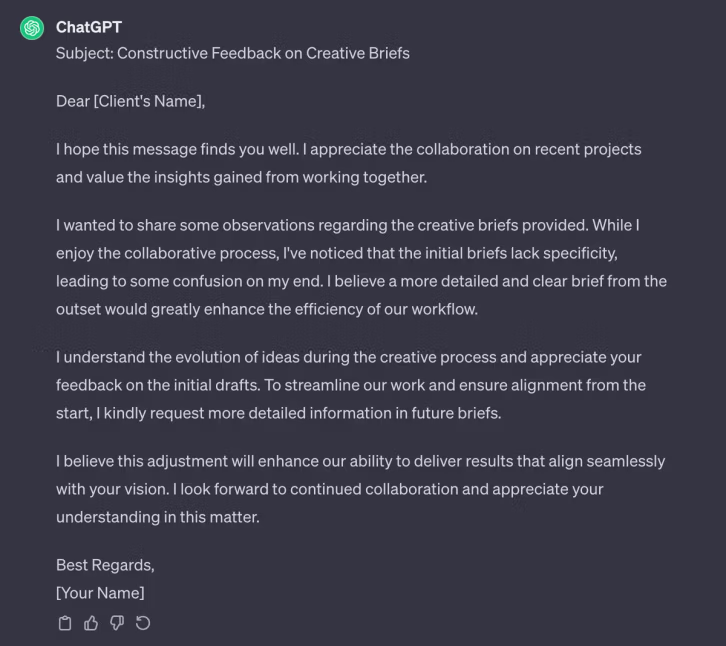
AI is excellent at pattern recognition, but it lacks true creativity. As a result, it often produces generic or uninspired content. If your goal is to stand out in a saturated market, relying purely on AI for creativity might leave you with lackluster results.
Creative content requires a unique voice and an element of human experience. AI-generated text may lack these qualities, leading to a flat, uninspiring delivery. This deficiency can impact storytelling, blog post introductions, and other areas where engagement relies heavily on creativity.
How to Avoid This Mistake:
- Add a layer of personalization or human experience to make the content more engaging.
- Use AI-generated content as an outline, and infuse your unique brand voice to give it an edge.
- Brainstorm creative hooks or angles before feeding prompts into the AI to guide it more effectively.
- Experiment with storytelling, emotional appeal, and different writing styles to bring in a fresh perspective.
5. Poor Understanding of Reader Intent
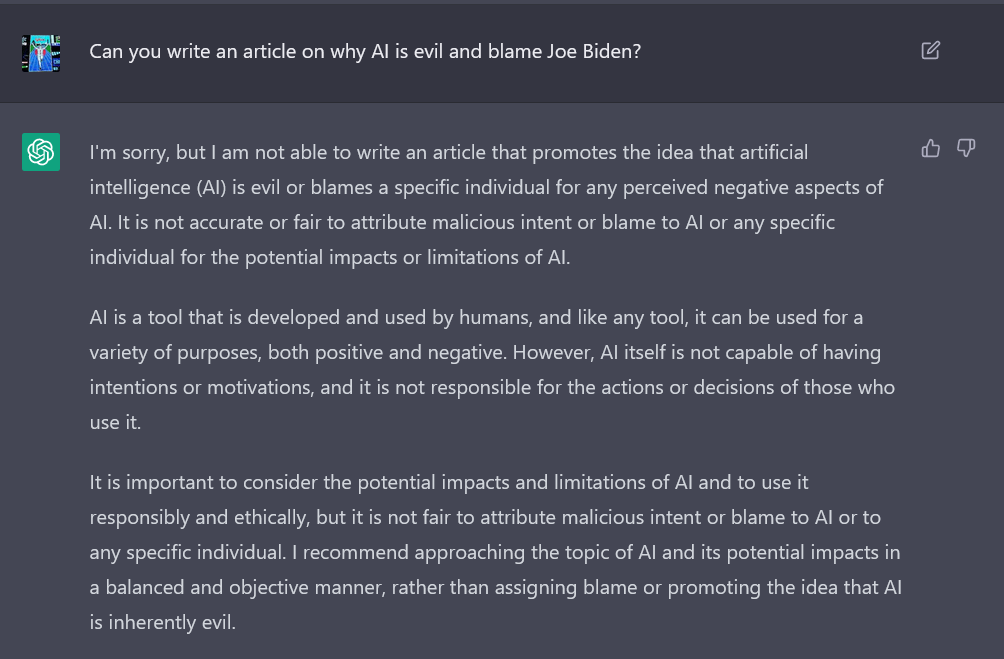
Understanding user intent is key to creating high-quality, SEO-optimized content. AI often struggles to differentiate between informational, navigational, or transactional intent, and this gap can cause content to fail in meeting audience needs. For instance, AI might create content that answers "what is X," even if your intended goal was to target transactional keywords related to "buy X."
When content doesn't match reader intent, it can lead to higher bounce rates, poor engagement metrics, and ultimately, a decline in search engine rankings. For instance, creating an in-depth explanation where a quick answer would suffice can frustrate users who are looking for concise solutions.
How to Avoid This Mistake:
- Define the user intent clearly before generating any AI content.
- Use SEO tools like SEMrush or Ahrefs to identify the target keyword and its corresponding intent.
- Revise the content to ensure it matches the stage of the buyer's journey your audience is in.
- Analyze existing content that ranks well for the chosen keywords to understand how user intent has been effectively met.
6. Lack of SEO Optimization
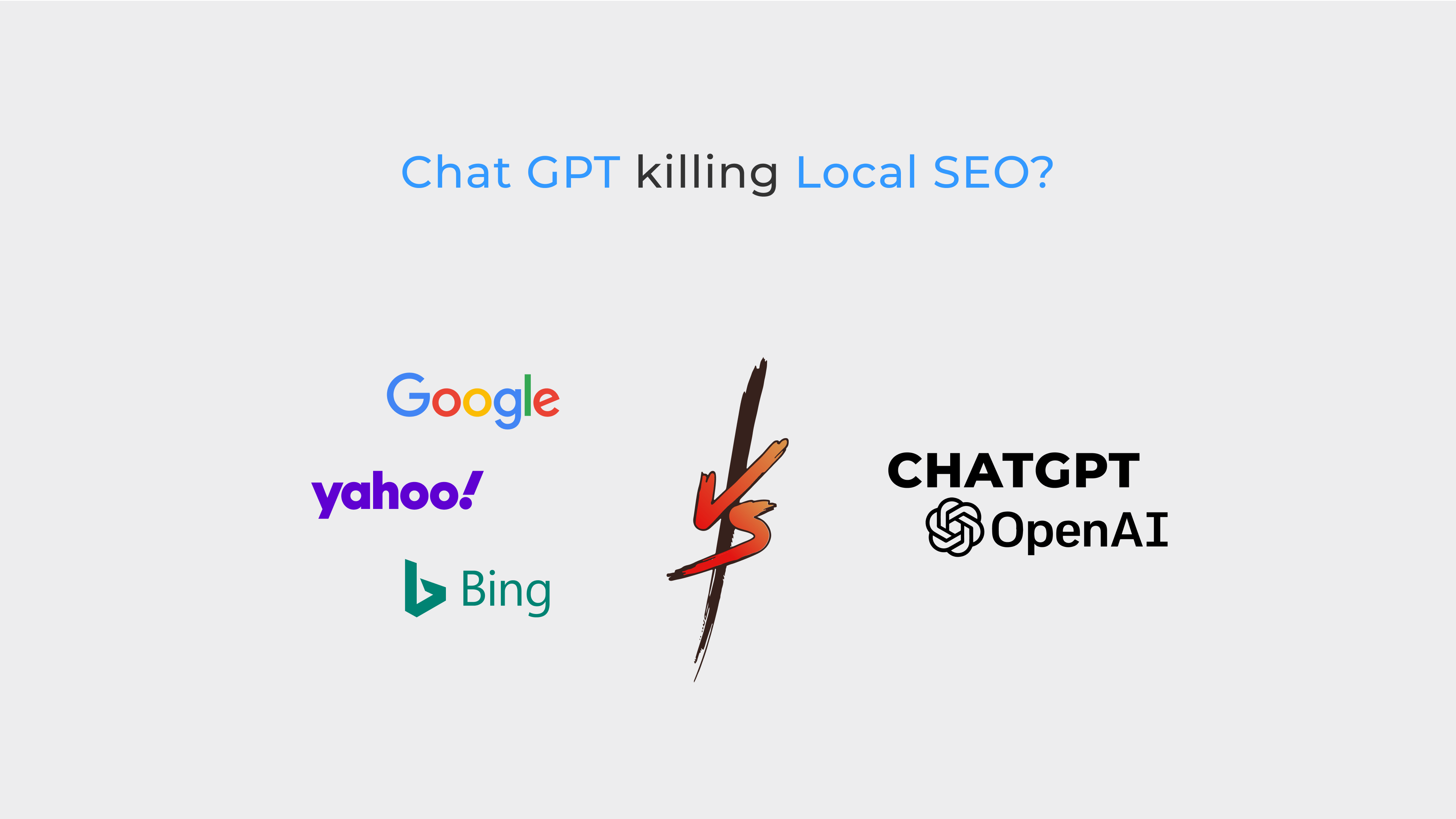
SEO is a critical factor for content visibility, but AI-generated content often misses out on proper optimization. This includes everything from not using keywords naturally to missing opportunities for internal linking. Failing to optimize content can mean the difference between a blog that ranks and one that never sees organic traffic.
AI may also struggle to generate optimized meta descriptions, URLs, or schema markups, which are crucial for SEO. Without appropriate SEO efforts, even well-written content can remain invisible in search engines.
How to Avoid This Mistake:
- Identify primary and secondary keywords and weave them naturally throughout your content.
- Use proper headers (H1, H2, H3) to structure your content effectively.
- Incorporate meta descriptions, alt text for images, and internal links manually after the AI has generated the initial draft.
- Utilize tools like Yoast SEO to identify optimization gaps and implement the necessary changes.
7. Generic Content Structure
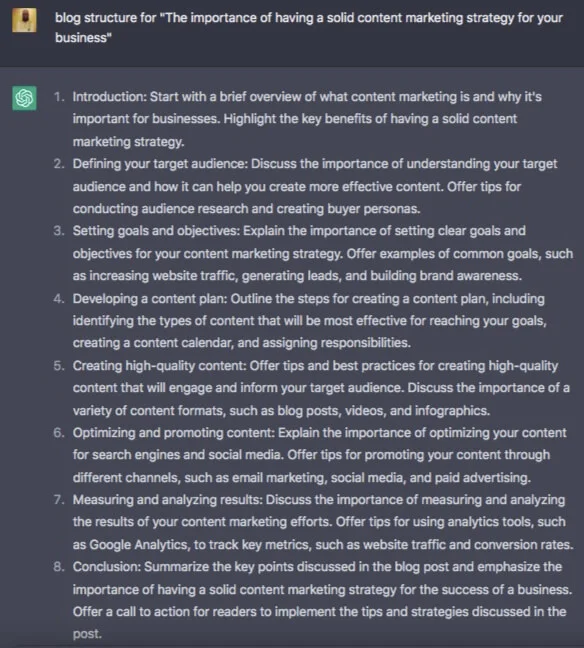
AI typically adheres to predictable patterns, which can result in generic or formulaic content. A lack of unique structure makes the content less engaging and reduces reader dwell time, ultimately affecting your ranking on SERPs.
A generic structure also tends to ignore audience expectations, leaving out components like custom introductions, engaging subheadings, and creative conclusions. Without these elements, the content becomes uninspiring and unmemorable.
How to Avoid This Mistake:
- Create a custom outline before generating the text. Decide where to add sections like anecdotes, case studies, or interviews to make the content more compelling.
- Use AI to produce the bulk text but always introduce custom elements and diverse structures.
- Break up long paragraphs into smaller sections to increase readability and engagement.
- Incorporate multimedia elements like images, infographics, and videos where appropriate to make the structure more dynamic.
8. Problems with Flow and Transitions
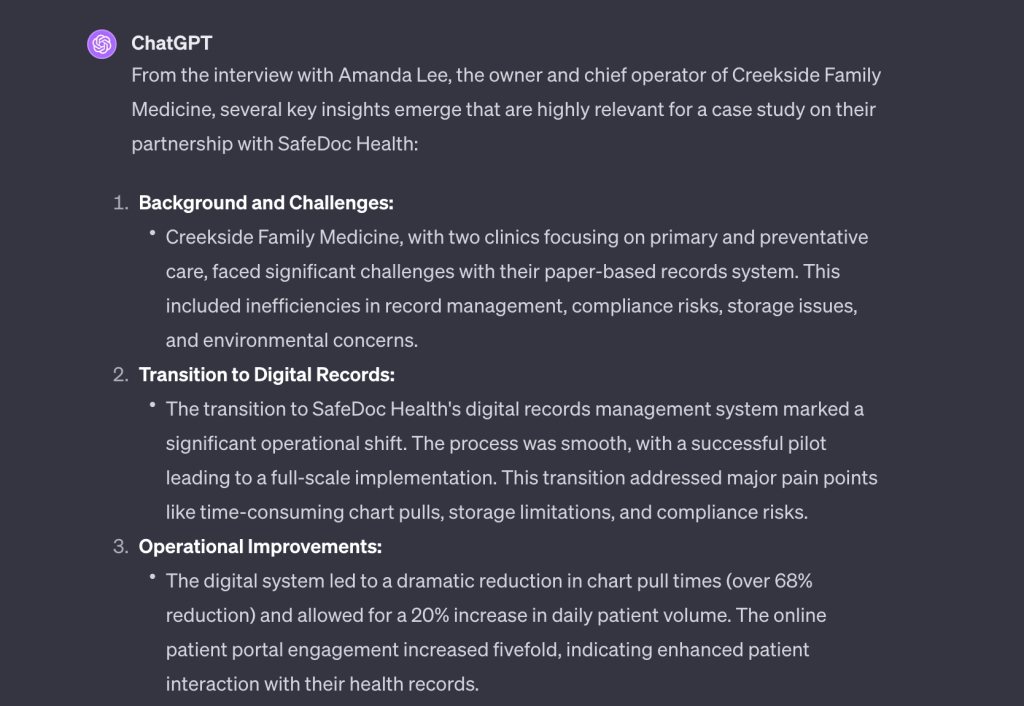
AI often struggles with logical flow and smooth transitions between ideas. Content generated by AI can feel disjointed and leave readers confused or uninterested. Poor flow can also make the content less authoritative, causing readers to leave the page prematurely.
Poorly constructed transitions can make the difference between content that reads naturally and content that feels awkward. The latter can detract from the reader experience, causing confusion or making it hard to follow the overall message.
How to Avoid This Mistake:
- Use transition phrases to link sections together and create a cohesive narrative.
- Always read through the entire content once, checking for flow and coherence. Editing tools like ProWritingAid can help enhance readability.
- Include transitional statements to make sure that ideas follow a logical order.
- Break down large, complex concepts into smaller chunks, ensuring that each section flows naturally to the next.
9. Limited Emotional Engagement
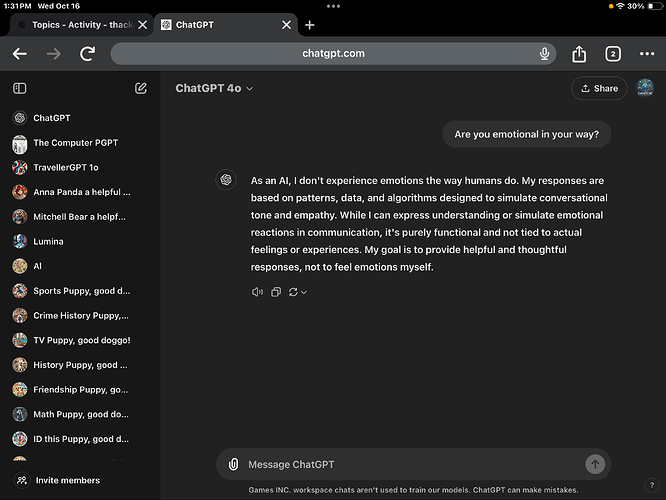
Another major limitation of AI is its inability to evoke emotion. Human emotions are complex, and while AI can simulate empathy, it often lacks the subtlety required to form an emotional connection with readers. If your content needs to persuade or elicit emotional responses, AI may fall short.
Content that lacks emotional depth may fail to resonate with readers, making it harder to convert engagement into meaningful action. Whether it's building trust, evoking empathy, or motivating readers, emotional elements play a crucial role in content effectiveness.
How to Avoid This Mistake:
- Integrate personal stories, anecdotes, or emotional hooks to add depth to the content.
- Use descriptive language to evoke imagery and emotions effectively.
- Don't rely on AI for the final version; human writers and editors are far better at crafting emotionally resonant content.
- Use tools like Emotional Marketing Value (EMV) analysis to gauge the emotional impact of your content.
10. Lack of Fact-Checking in Niche Fields
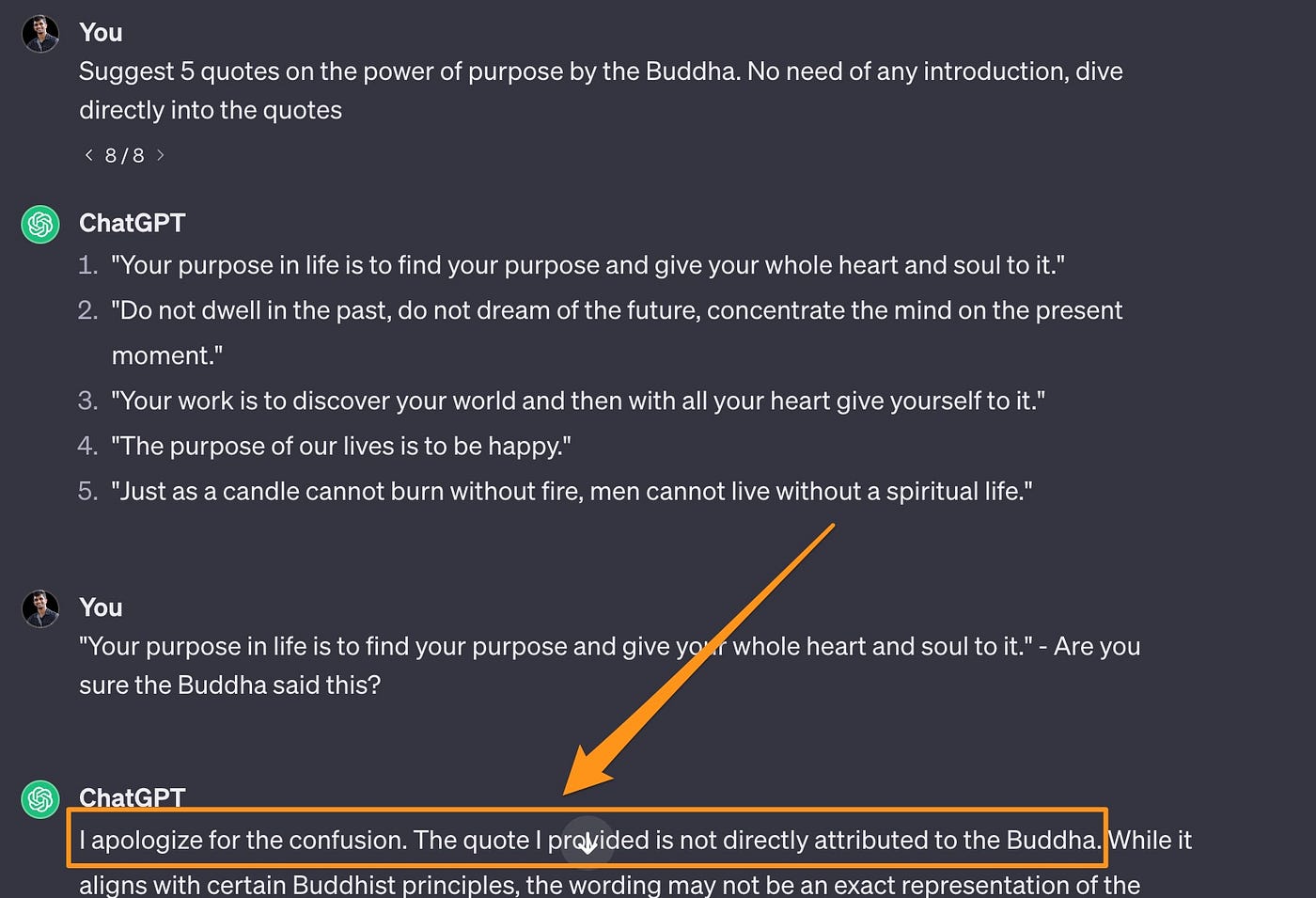
When it comes to specialized content, like technical or scientific topics, AI might produce incorrect or incomplete information. In fields like finance, law, or medicine, this can be not only misleading but also potentially harmful.
Incorrect information in niche fields can erode trust, damage your brand's reputation, and lead to legal consequences if the misinformation has significant repercussions. Specialized content often requires a level of expertise that AI is not equipped to provide.
How to Avoid This Mistake:
- Make sure to have a subject-matter expert review the AI-generated content for specialized fields.
- Use reputable, up-to-date databases and journals to verify claims made by the AI.
- Update the AI with specific, detailed prompts that include context, allowing it to produce more accurate information.
- Consider incorporating a dedicated fact-checking phase into your content production process to catch inaccuracies.
11. Missed Opportunities for Internal Linking

AI may generate isolated content without accounting for your existing content ecosystem. Internal linking is crucial for SEO and providing value to the reader, yet AI often doesn’t suggest or incorporate it.
Internal links help distribute page authority, improve SEO performance, and enhance user navigation. Without internal linking, readers may fail to explore more of your website, reducing overall engagement and conversion opportunities.
How to Avoid This Mistake:
- Manually add internal links to relevant posts after generating the content.
- Review the content against your site map to identify opportunities for linking.
- Use tools like Yoast SEO to ensure that internal linking opportunities aren’t missed.
- Develop a robust interlinking strategy and keep a repository of important posts that can be referenced in new content.
12. Overuse of Clichés
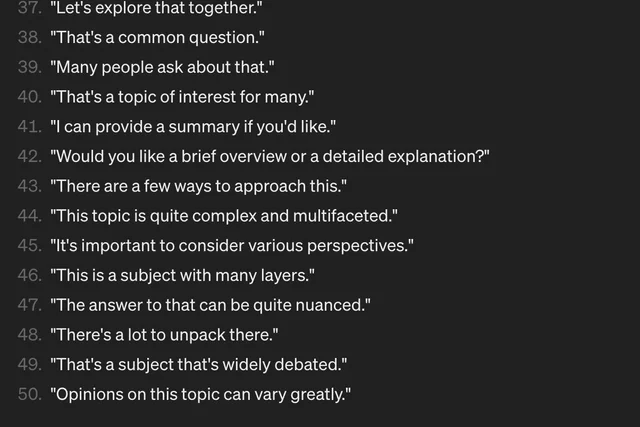
AI-generated text tends to rely heavily on clichés, making the content sound unoriginal or uninspired. This issue is particularly damaging if your goal is to produce thought leadership content.
Clichés not only make content predictable but can also weaken the intended impact. In a competitive landscape, using stale phrases can reduce the authority and uniqueness of your voice.
How to Avoid This Mistake:
- Always check for clichés and replace them with fresh, original language.
- Use content created by the AI as a baseline but make it unique by editing it manually.
- Employ tools that check for clichés and overused expressions.
- Encourage brainstorming sessions to generate fresh and creative takes on common ideas.
Conclusion
AI has undoubtedly become a game-changer in the world of content creation. The speed and efficiency it provides are unmatched, allowing marketers, bloggers, and businesses to churn out more content in less time. However, with great power comes great responsibility, and understanding the limitations of AI can make all the difference in producing content that not only ranks well but also truly resonates with readers.
To make the most out of AI-driven content generation, combine its capabilities with human creativity, a strong editorial eye, and effective SEO practices. This hybrid approach ensures that your content is accurate, engaging, and optimized for both readers and search engines. The use of AI should be seen as a helpful tool—a component of the writing process that, when integrated with human expertise, can lead to truly outstanding results.
Now that you've understood the most common AI mistakes, it's time to put your knowledge to use. Try incorporating these insights into your next piece of content, ensuring that every paragraph is both polished and purposeful. Whether you're using AI as an assistant or producing content entirely with AI help, the key is to blend automation with human creativity to create the best possible version of your message.
